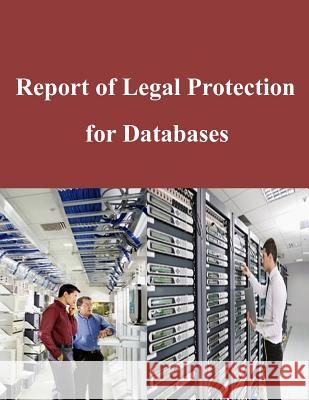Report of Legal Protection for Databases » książka
Report of Legal Protection for Databases
ISBN-13: 9781502865755 / Angielski / Miękka / 2014 / 114 str.
Databases have always been commodities of both commercial value and social utility, ranging from their early incarnation in the eighteenth century as directories compiled by walking door to door to the late twentieth-century compendiums of millions of items in electronic form. The question of whether and how databases should be protected by the law has never been easy, as it necessarily involves finding a balance between two potentially conflicting societal goals: the goal of providing adequate incentives for their continued production, and the goal of ensuring public access to the information they contain. At different points in time, and in different societies, that balance has been struck in different ways. In the past few years, the issue has taken on new urgency due to changes in the legal, technological and international landscape. The major landmarks among these changes have been the U.S. Supreme Court's 1991 decision in Feist Publications v. Rural Telephone Service Co.; rapid developments in the technologies for collecting, organizing, reproducing and disseminating information; and the actions of the European Union in harmonizing the laws of its member states. As a result, 1996 saw the consideration of proposals for a new form of protection for databases, both in the World Intellectual Property Organization and in the U.S. Congress. The discussions sparked a heated debate in the United States, involving a broad spectrum of interests.
Zawartość książki może nie spełniać oczekiwań – reklamacje nie obejmują treści, która mogła nie być redakcyjnie ani merytorycznie opracowana.











